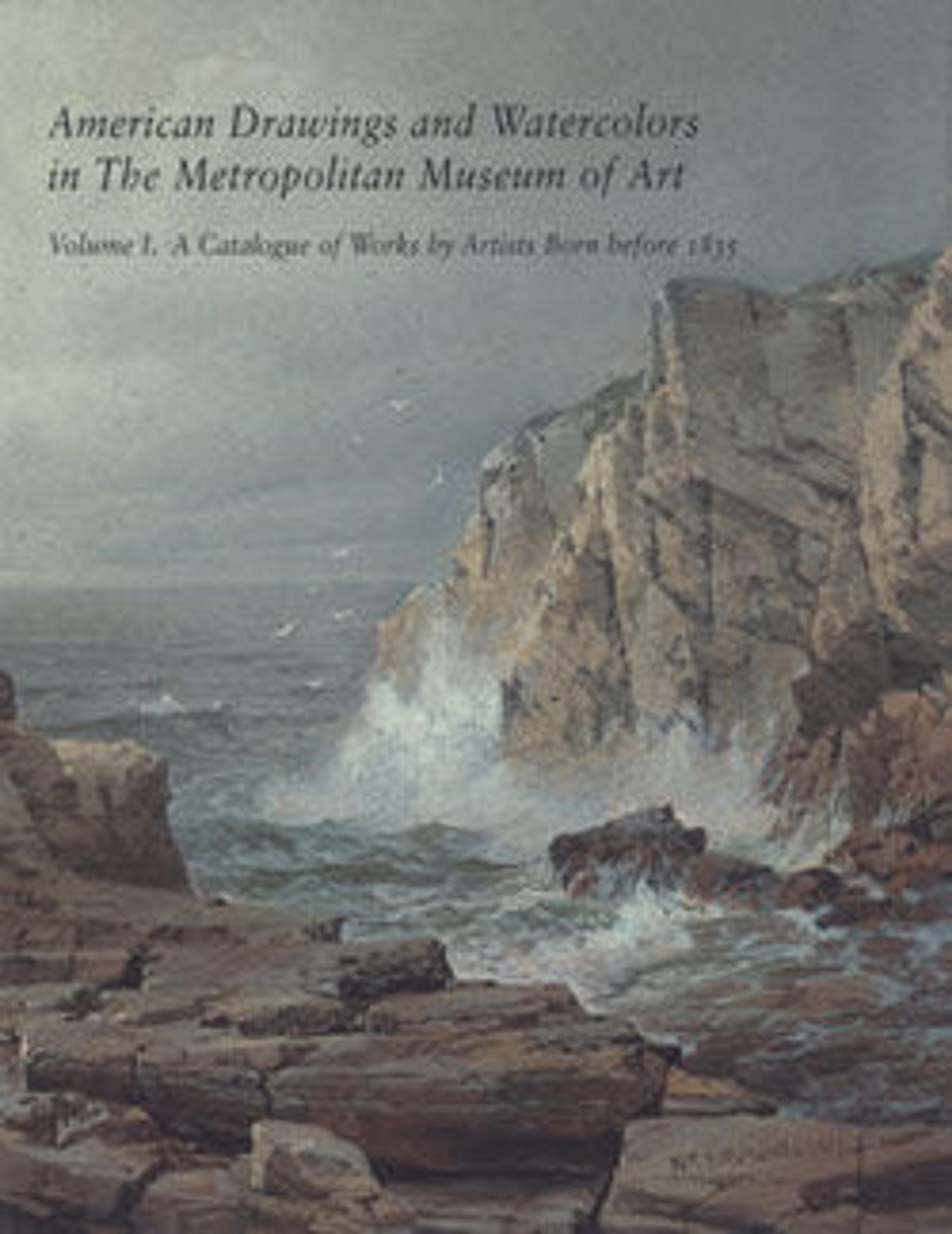Landscape and Lagoon, New Rochelle
The often sublime, expansive topography characteristic of Johnson’s work as a Hudson River School painter was replaced late in his career by compositions of flat terrain, often, as in this drawing, dominated by a few large trees bordering a body of water in the foreground and admitting only a glimpse of a distant prospect at either side. This drawing was undoubtedly the model for the Museum’s painting “Bayside, New Rochelle, New York” (15.30.65). The site is characteristic of those that Johnson--following French Barbizon taste--preferred as subjects in his later career: domesticated, undramatic, and riparian. This image reflects the quiet, genteel refuge New Rochelle had been, before the arrival of an amusement park in the mid-1880s, which drew thousands of visitors from the metropolitan area each summer.
Artwork Details
- Title:Landscape and Lagoon, New Rochelle
- Artist:David Johnson (American, New York 1827–1908 Walden, New York)
- Date:1884
- Culture:American
- Medium:Graphite and white chalk heightening on tan wove paper
- Dimensions:11 x 18 in. (27.9 x 45.7 cm)
- Credit Line:John Osgood and Elizabeth Amis Cameron Blanchard Memorial Fund, 1980
- Object Number:1980.115
- Curatorial Department: The American Wing
More Artwork
Research Resources
The Met provides unparalleled resources for research and welcomes an international community of students and scholars. The Met's Open Access API is where creators and researchers can connect to the The Met collection. Open Access data and public domain images are available for unrestricted commercial and noncommercial use without permission or fee.
To request images under copyright and other restrictions, please use this Image Request form.
Feedback
We continue to research and examine historical and cultural context for objects in The Met collection. If you have comments or questions about this object record, please contact us using the form below. The Museum looks forward to receiving your comments.
